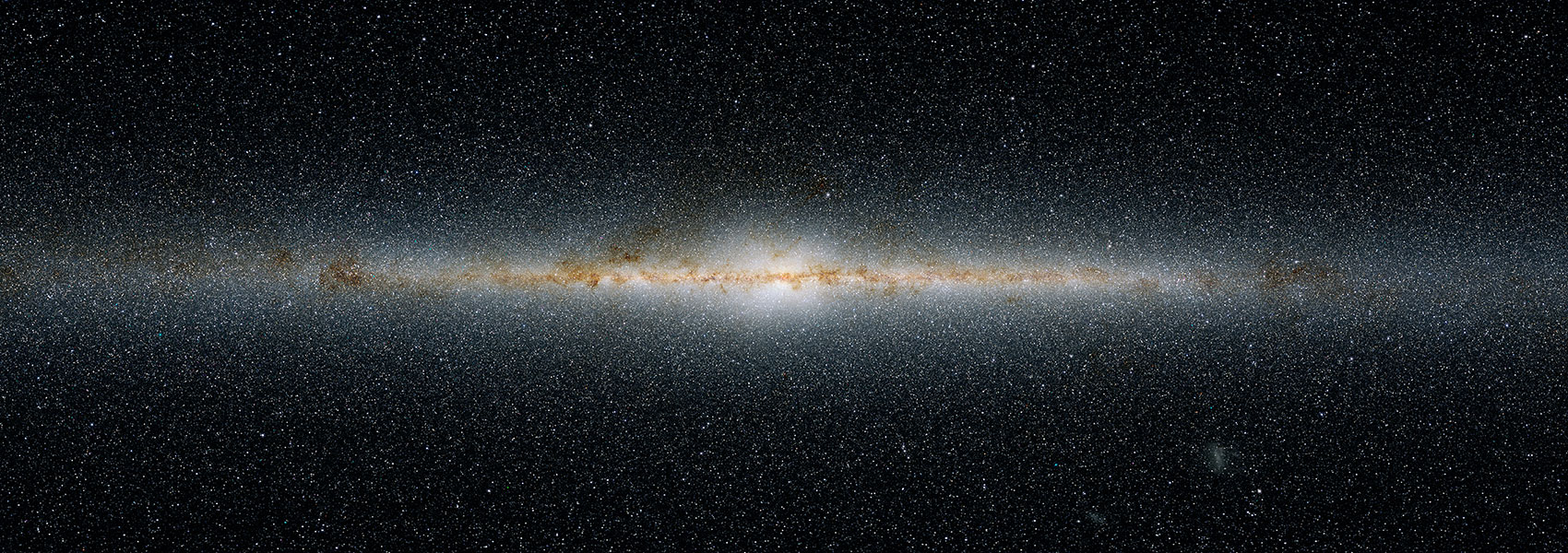July
2022
•
2022ApJ...933...84F
Authors
•
Fu, Shenming
•
Dell'Antonio, Ian
•
Chary, Ranga-Ram
•
Clowe, Douglas
•
Cooper, M. C.
•
Donahue, Megan
•
Evrard, August
•
Lacy, Mark
•
Lauer, Tod
•
Liu, Binyang
•
McCleary, Jacqueline
•
Meneghetti, Massimo
•
Miyatake, Hironao
•
Montes, Mireia
•
Natarajan, Priyamvada
•
Ntampaka, Michelle
•
Pierpaoli, Elena
•
Postman, Marc
•
Sohn, Jubee
•
Umetsu, Keiichi
•
Utsumi, Yousuke
•
Wilson, Gillian
Abstract
•
We present the Local Volume Complete Cluster Survey (LoVoCCS; we pronounce it as "low-vox" or "law-vox," with stress on the second syllable), an NSF's National Optical-Infrared Astronomy Research Laboratory survey program that uses the Dark Energy Camera to map the dark matter distribution and galaxy population in 107 nearby (0.03 < z < 0.12) X-ray luminous ([0.1-2.4 keV] L X500 > 1044 erg s-1) galaxy clusters that are not obscured by the Milky Way. The survey will reach Vera C. Rubin Observatory Legacy Survey of Space and Time (LSST) Year 1-2 depth (for galaxies r = 24.5, i = 24.0, signal-to-noise ratio (S/N) > 20; u = 24.7, g = 25.3, z = 23.8, S/N > 10) and conclude in ~2023 (coincident with the beginning of LSST science operations), and will serve as a zeroth-year template for LSST transient studies. We process the data using the LSST Science Pipelines that include state-of-the-art algorithms and analyze the results using our own pipelines, and therefore the catalogs and analysis tools will be compatible with the LSST. We demonstrate the use and performance of our pipeline using three X-ray luminous and observation-time complete LoVoCCS clusters: A3911, A3921, and A85. A3911 and A3921 have not been well studied previously by weak lensing, and we obtain similar lensing analysis results for A85 to previous studies. (We mainly use A3911 to show our pipeline and give more examples in the Appendix.)
Links



